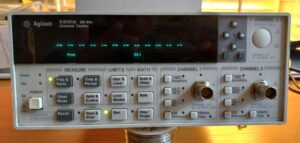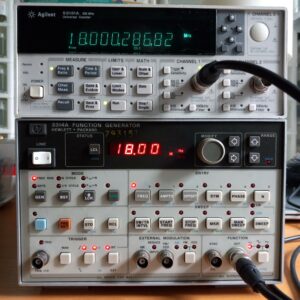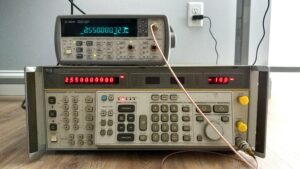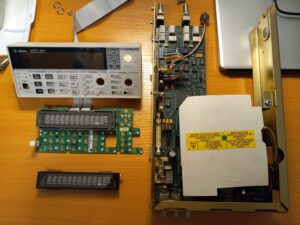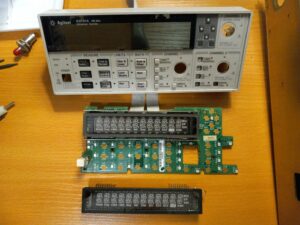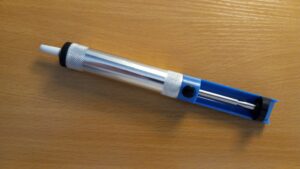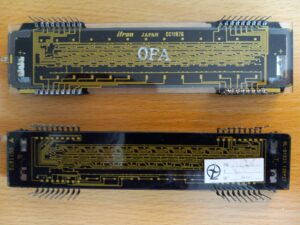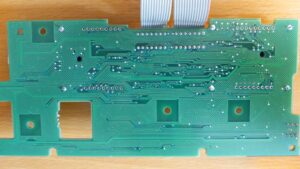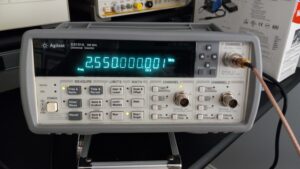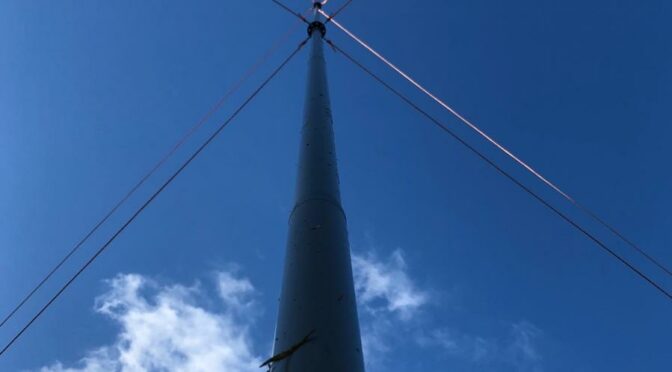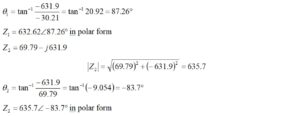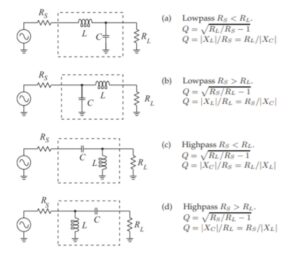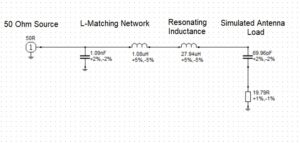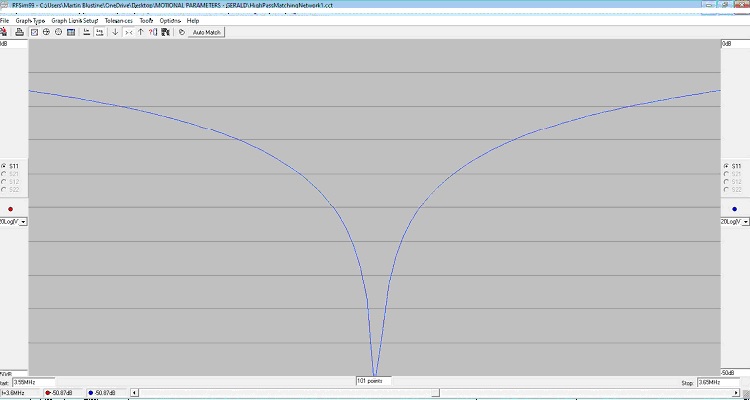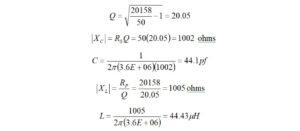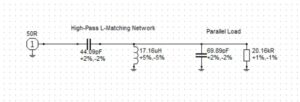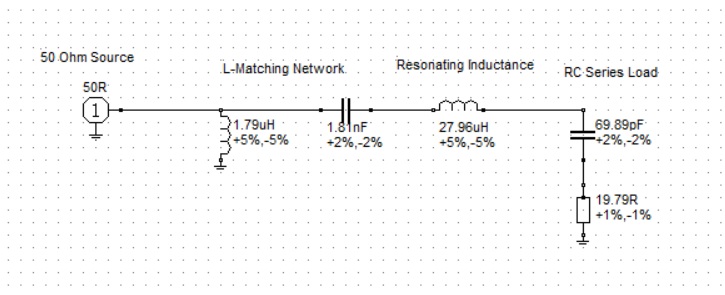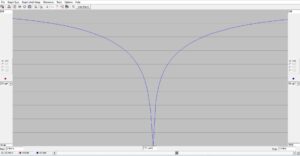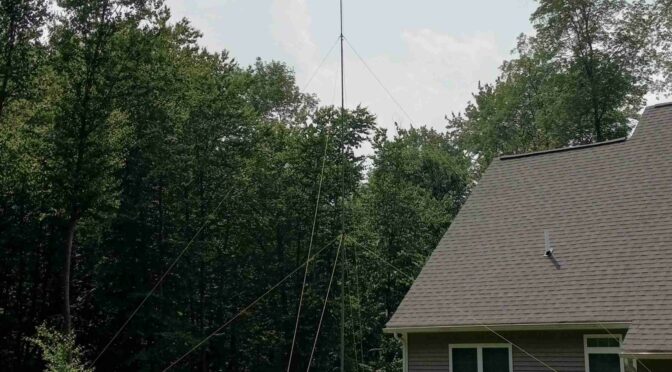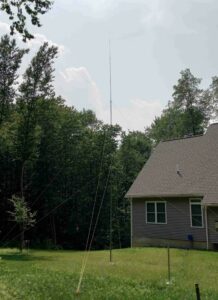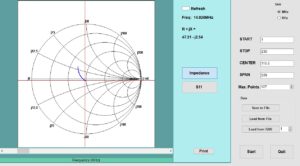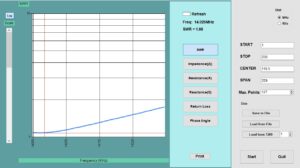An enjoyable hobby is the restoration of vintage HP, Agilent, Tektronix and GenRad test equipment. In their day, these brands represented some of the finest U.S. engineering and manufacturing in the world, and two of them still do. What is common to all of them is the attention paid to ergonomics, product design and documentation.
Each time I restore one of these instruments, I gain insight into what the design engineers and the product designers had in mind.
Recently, I acquired an Agilent 53131A Frequency Counter found on eBay, one of my favorite sources for old test equipment. It is always a calculated risk because I never know for sure if whatever I have bought will arrive dead on arrival. Fortunately, eBay is very good about standing behind anything sold on their site that has been represented to be in good working order. They are unlike auction consolidators such as Allsurplus where everything is sold as is.
Naturally, when the counter arrived, I subjected it to the obligatory smoke test. The result is shown if Figure 1. The counter completed its self-test routine and rewarded me with a series of dashed lines in the display. That was a good sign, and it was off to a good start. When I purchased the unit, I made a best offer, and it was accepted. The reason that I did that is because I noticed some minor irregularities in the unit.
First of all, the display appeared to be dim in the photo, the likely result of running the counter for long durations for many years, maybe 30. The second thing that I noticed was the absence of the front and rear bumpers as well as a carrying handle. These, I am quite sure, were scavenged for resale on eBay. I have become quite used to that. Most of the instruments that I have restored were received minus their bottom and rear feet and in some cases their rack handles – a minor annoyance. I simply buy some and put them back on.
Most often these counters are purchased for HF use and do not feature prescaler options to extend the frequency range. This counter was no different. It was also shipped with the standard low-stability clock oscillator.
Figure 1. Agilent 53131A Frequency Counter, As Received. The display is dim but the unit passes self-test and enters ready mode. The unit was advertised and shipped without its front and rear bumpers as well as its carrying handle. The time base is a standard low-stability one, and there is no frequency extender option installed.
Upon seeing the condition of the display, I looked at the power supply schematic and found the test points for VFD display bias. The voltages checked okay. That test having been completed; I ordered a new display on eBay from a seller in China. The old display was marked Japan, but I could not find any other suitable displays for sale other than one in a non-working counter being sold for parts only.
I also looked for an inexpensive prescaler to install as an option. The one chosen works up to 3 GHz but others with higher division ratios were also available. This one provides accurate results for signals as low as -15 dBm, which is good enough for my purposes.
There were many sources for the front and rear bumpers and the carrying handle on eBay. I likely bought my own back.
All parts arrived in less than two weeks, which is about average for items ordered overseas that must pass through U.S. Customs.
An initial test was run on the counter to make sure that it would arm and run. I used whatever signal source was closest for this test, in this case, an HP 3314A Function Generator. The setup is shown in Figure 2. Both units are out of calibration so, it can’t be determined which is worse, the counter or the function generator.
Figure 2. Counter, As Received, Measuring 18 MHz. The most convenient signal source for initial testing was a bench-top HP 3314A Function Generator. Both the counter and the function generator are out of calibration. It’s difficult to know which is worse.
The first part to arrive was the frequency prescaler. The only disassembly required for installation was the instrument top cover.
I fastened the prescaler to the wall of the chassis on a pair of standoffs. The prescaler board was supplied with a coaxial cable for connection to a front panel SMA to BNC adapter and a ribbon cable for connection to the motherboard. The whole installation process was completed in an hour. The result is shown in Figure 3. The sensitivity of the prescaler was tested with a test signal of 2.55 GHz, as this particular synthesizer won’t tune much higher than that. The signal level was set to -10 dBm but the prescaler will provide stable counts for signals as low as -15 dBm.
Figure 3. Prescaler Test. The prescaler was tested with an HP 8663A Synthesized Signal Generator set to 2.55 GHz because it is the only microwave source available. A stable count is observed for power levels as low as -15 dBm. The front and rear bumpers as well as a carrying handle have been installed.
Once the vacuum fluorescent display arrived, I began to tear down the counter to the level required to remove the front panel. This also permitted cleaning 30 years of grime from the enclosure and circuit cards. Figure 4 shows the teardown.
Figure 4. Counter Teardown. The counter was disassembled using the assembly-level service guide. The power supply and motherboard remain in place. Only the front panel required removal.
Figure 5 provides a closer view of the front panel PCB and the old display. The new display is in the foreground. While the two displays are functionally the same, they have completely different layouts and are of different manufacture.
Figure 5. Close-up of the Front Panel and Vacuum Fluorescent Displays. While the displays look alike and possess the same pin-outs, they are entirely different designs.
The old display was removed from the front panel display printed circuit board that also contains the soft contacts for the front panel controls. Utmost care was taken in unsoldering and removing the old display. I wanted to preserve the old display if the new display was dead on arrival.
The unsoldering process was the one that I always use. The solder joints were painted with non-corrosive soldering flux. Next, each joint was resoldered with compatible solder. This is an important step because old solder joints tend to degrade with time. The newly resoldered joints are more easily heated and solder more easily removed with a solder puller like the one shown in Figure 6. This is an inexpensive tool that, when mastered, can remove all of the solder from the solder joints. Sometimes it takes three or even four passes with the solder puller on each joint to remove all of the solder from the holes. Once all of the solder has been removed, a needle nose pliers is used to wiggle each of the leads to ensure that it is free of solder and free from each hole. Another technique can be used provided that the replacement part is known to be good. Simply snip the leads of the old part and remove it. Then, there are still leads that have to be removed and holes that have to be cleaned. Some find this technique easier. Avoid the use of solder wick if at all possible. It really isn’t needed, and it usually ruins the circuit pads.
Figure 6. A Generic Solder Puller. This is a simple device that is just a spring-loaded plunger that, when released, can vacuum solder from solder joints. It pays to master the use of this device. Avoid the use of solder wick.
The old VFD was removed from the front circuit board. The old part and the new part are shown in Figure 7 for comparison. The two parts are of different provenance.
Figure 7. Old and New Vacuum Fluorescent Displays. The designs are very different: (top) the old part, (bottom) the new part. The pins on the old part are intact.
The display circuit card is shown in Figure 8. Non-corrosive soldering flux was painted on each solder joint and each joint was resoldered. This step is essential for old solder joints. Four passes were required to remove all of the solder with the solder puller. The board is undamaged as is the old display part.
Figure 8. Display Printed Circuit Board. The display was removed from the board with a solder puller. Four passes were required to remove all of the solder without damaging the pads. Flux residue was removed from the PCB with isopropanol.
The new display was soldered into the display circuit card and the PCB was cleaned with isopropanol to remove residual soldering flux and debris. The board was examined with a magnifier to ensure that the board was free of solder blobs and solder bridges. The counter disassembly procedure was reversed to reinstall the display circuit board into the front panel. Next, the front panel was fastened to the chassis, and the cover was replaced. The result is shown in Figure 9. The display brightness is just like new.
Figure 9. New Display Brightness. The new display works as advertised. A microwave signal of 2.55 GHz is displayed. The new prescaler BNC connector is marked Channel 3. The new front and rear bumpers and carrying handle are also visible. Please note that the difference in brightness across the display is an artifact that is due to the refresh rates of the counter and the camera.
One final modification will consist of the addition of a stable source to replace the standard one that drifts. Once complete, the instrument will be calibrated.


